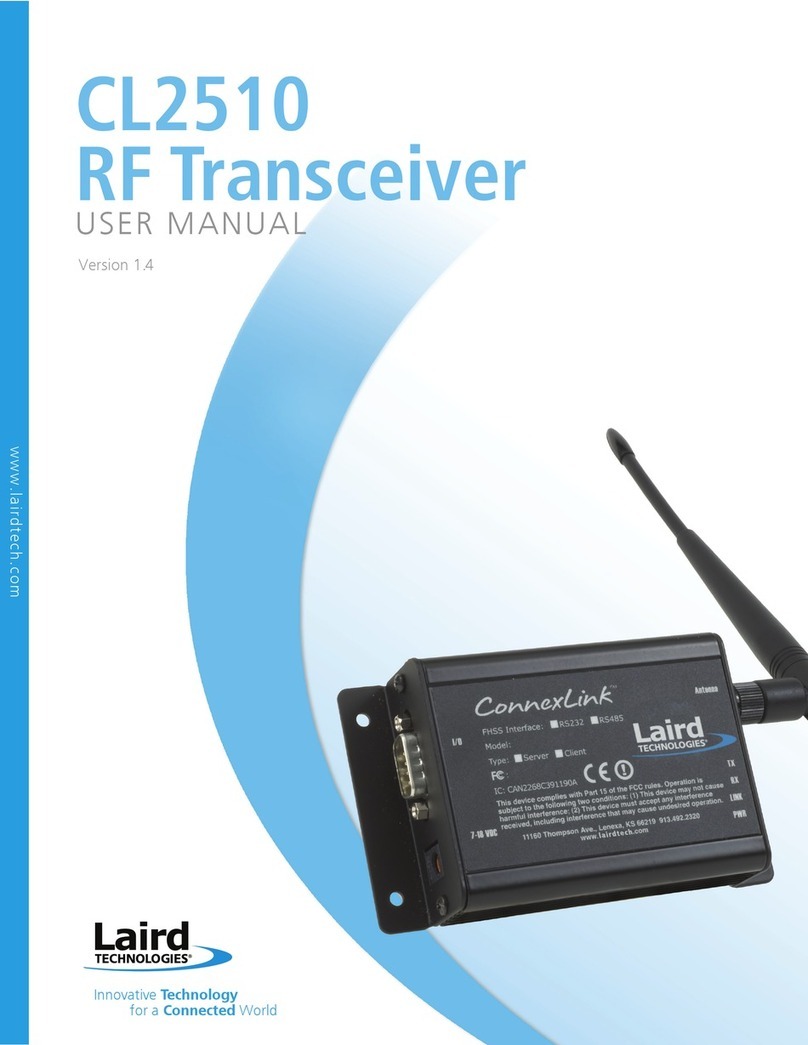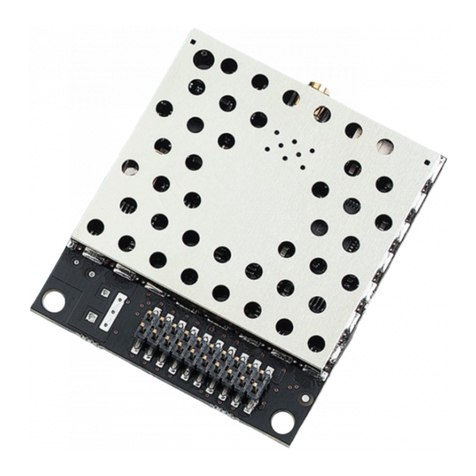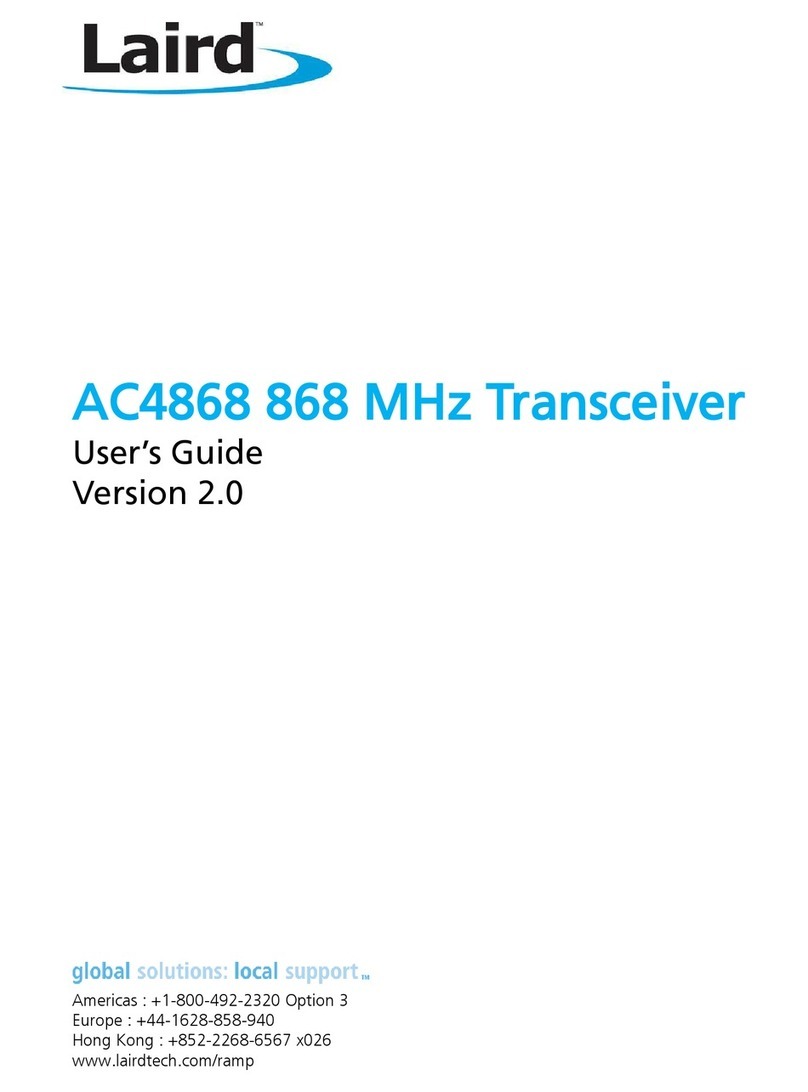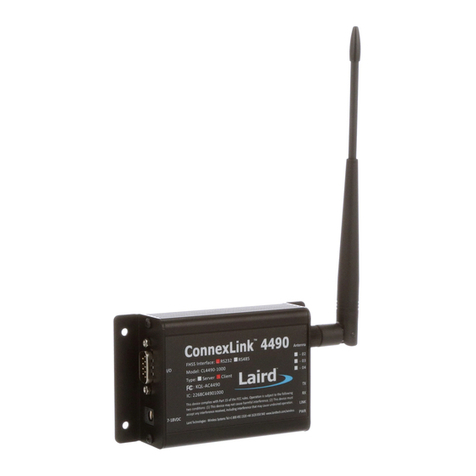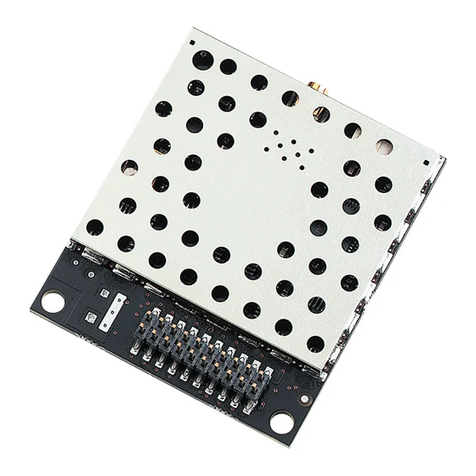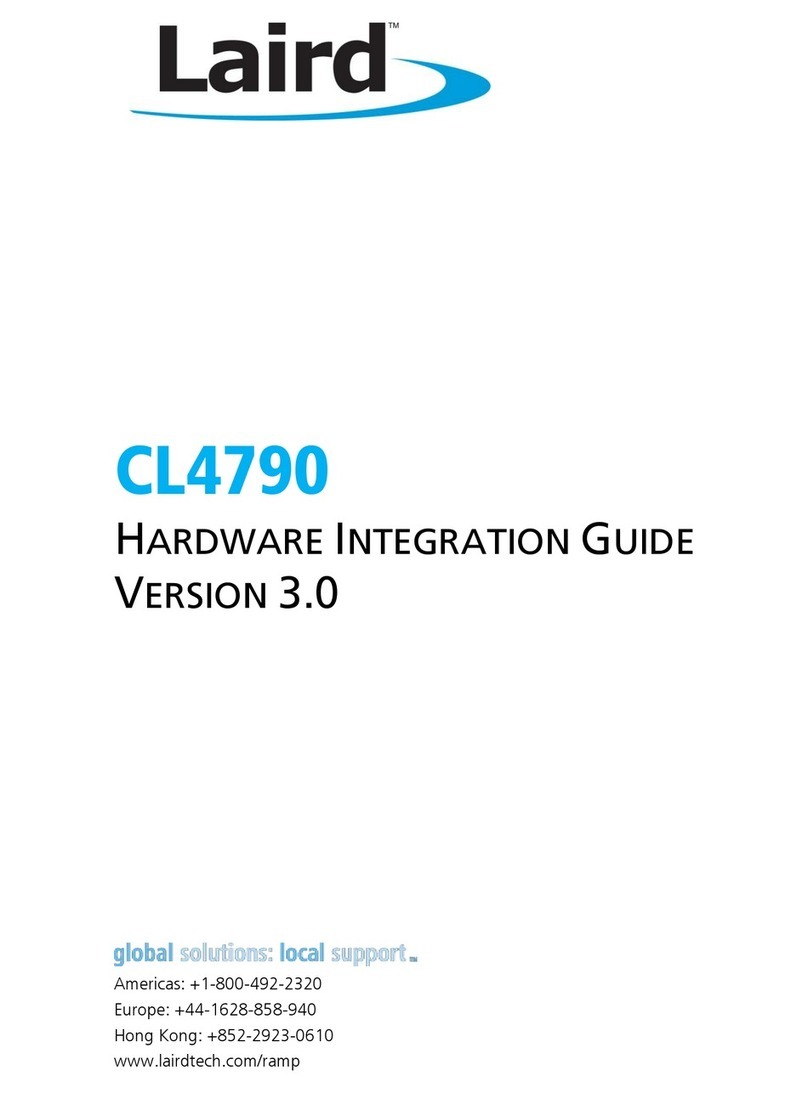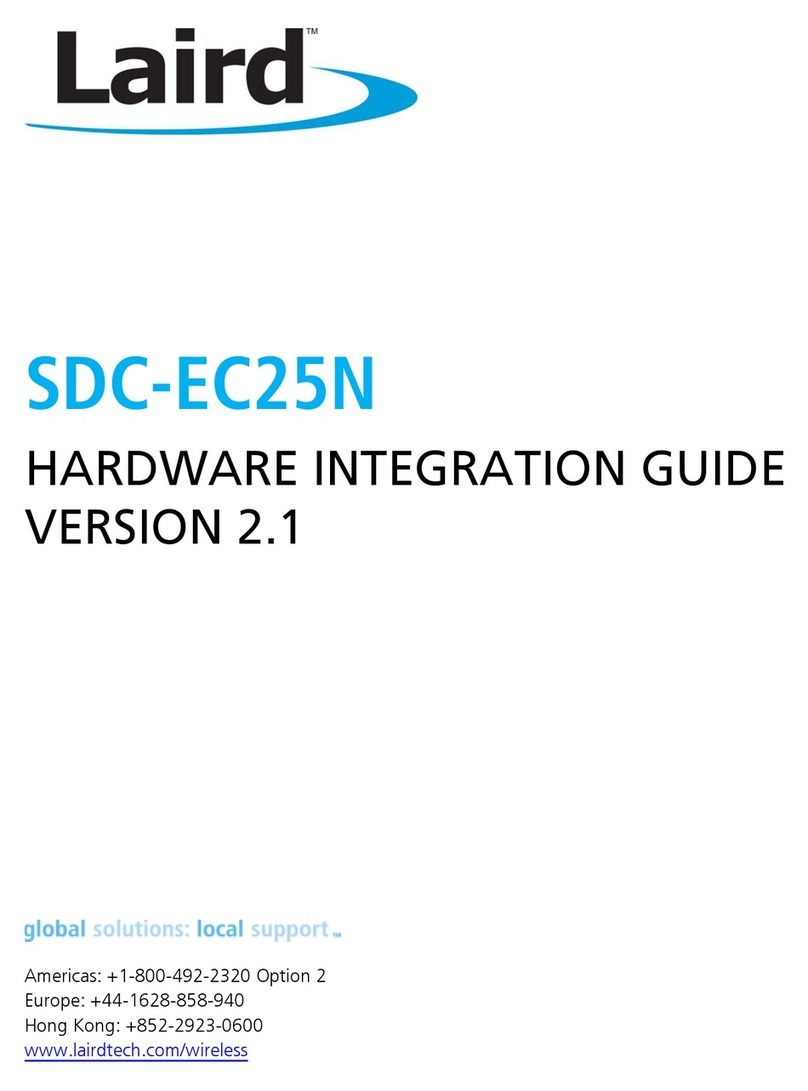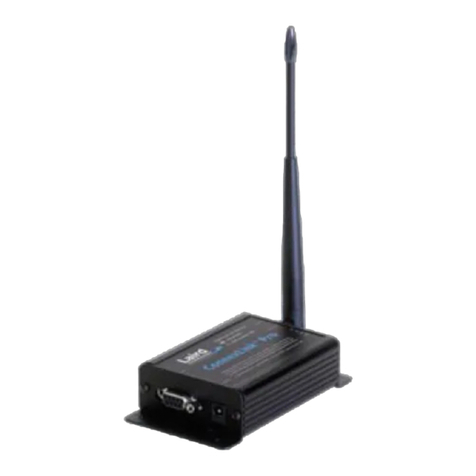
CL024 User Guide
Version 2.0
Americas: +1-800-492-2320 Option 2
Europe: +44-1628-858-940
Hong Kong: +852-2923-0610
www.lairdtech.com/ramp
Spread Spectrum History
Spread Spectrum, or SS, dates back to World War II, when actress Hedy Lamarr and composer George
Antheil were granted a U.S. patent on a simple frequency hopping continuous wave (CW) system. These early
research and development efforts tried to provide countermeasures for radar, navigation beacons, and
communications.
How Spread Spectrum Works
SS radio communication has long been a favourite technology of the military because it resists jamming and
is hard for an enemy to intercept. And now, this very same technology is widely used in the commercial,
industrial and even consumer markets. The reason: SS signals distribute over a wide range of frequencies and
then collect onto their original frequency at the receiver, making them so inconspicuous they are almost
transparent. Just as they are difficult to intercept by a military opponent, so are they unlikely to interfere with
other signals intended for business and consumer users –even ones transmitted on the same frequencies.
Spread signals are intentionally made to have a much wider band than the information they are carrying and
use special pseudo noise codes to make them more noise-like. It is this very characteristic that makes SS
signals difficult to detect, intercept, and demodulate. SS signals are hard to detect on narrowband equipment
because the signal's energy spreads over a much wider bandwidth. Further, SS signals are harder to jam
(interfere with) than narrowband signals and have a much lower probability of being intercepted, which is
why the military has used SS for so many years.
The spread of energy over a wide band makes SS signals less likely to interfere with narrowband
communications. Narrowband communications, conversely, cause little to no interference to SS systems
because the receiver effectively integrates the signal over a wide bandwidth to recover it.
Besides being hard to intercept and jam, spread spectrum signals are also difficult to exploit or imitate. Signal
exploitation is the ability of a non-network member to listen to a network and use information from the
network without being a valid network member or participant. Imitation is the act of falsely or maliciously
introducing false traffic or messages into a network. SS signals also are naturally more secure than
narrowband radio communications. Thus SS signals can have any degree of message privacy that is desired.
Messages can also be encrypted to any level of secrecy desired. The very nature of SS allows military or
intelligence levels of privacy and security with minimal complexity. While these characteristics may not be very
important to everyday business or consumer needs, these features are important to understand.
Frequency Hopping Spread Spectrum
An FHSS radio does just what its name implies –that is, it “hops” from frequency to frequency over a wide
band. The specific order in which it occupies frequencies is a function of a code sequence, and the rate of
hopping from one frequency to another is a function of the information rate.
CL024 Security Features
In addition to FHSS technology, Laird has implemented two levels of security in the CL024. All levels associate
with their own EEPROM parameter that you may program for permanent operation or change during system
operation in volatile memory using On-the-Fly commands (see the RM024 Embedded Module User Manual).
The two levels of security configure and establish a network of transceivers and are defined as the RF
Channel Number and System ID.
The RF Channel Number represents a specific hopping sequence and provides physical separation between
collocated networks. Thus, all transceivers in a network must use the same RF Channel Number. There are a
total of 43 or 79 Channel Numbers depending on the RF Rate chosen
